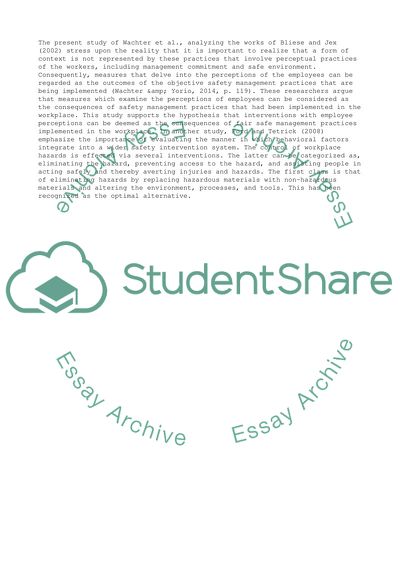Cite this document
(“Safety Management Practices Research Paper Example | Topics and Well Written Essays - 1250 words”, n.d.)
Retrieved from https://studentshare.org/management/1702000-safety-management-practices
Retrieved from https://studentshare.org/management/1702000-safety-management-practices
(Safety Management Practices Research Paper Example | Topics and Well Written Essays - 1250 Words)
https://studentshare.org/management/1702000-safety-management-practices.
https://studentshare.org/management/1702000-safety-management-practices.
“Safety Management Practices Research Paper Example | Topics and Well Written Essays - 1250 Words”, n.d. https://studentshare.org/management/1702000-safety-management-practices.


